Dysbacteriosis (dysbiosis) of the intestine is not a disease, but a condition caused by an unnatural change in the intestinal microflora, which occurs due to the replacement of the bacterial composition. During intestinal dysbiosis, beneficial bifidobacteria and lactobacilli die. Due to this, there is the growth and development of harmful microorganisms that disrupt the normal functioning of the digestive tract. Intestinal dysbiosis is most often accompanied by other diseases of the gastrointestinal tract.
Today, this problem is widespread. According to statistics, more than 70% of men and women suffering from digestive disorders have this ailment. Most often, dysbiosis affects adults, but it is sometimes found in children and even in infants.
About 2.5 kg (more than 450 species) of various microorganisms are part of the intestinal microflora of a healthy person. These microorganisms are involved in the breakdown and digestion of food. The quality and quantity of beneficial and harmful bacteria in a healthy person is in a state of equilibrium (normobiocinosis). In violation of normobiocenosis, a change in the structure of microorganisms in the intestine occurs, which leads to a violation of the digestive process.
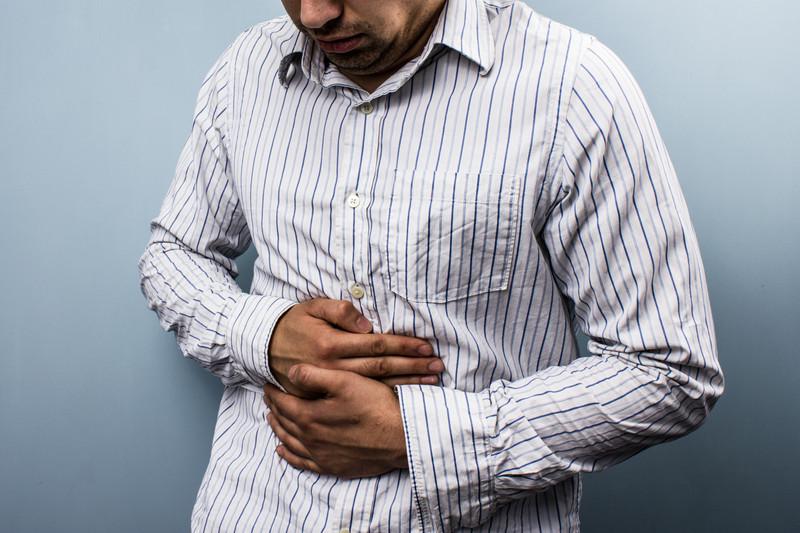
Causes of dysbiosis
Since intestinal dysbiosis is a syndrome caused by various internal and external factors, the causes of its development can be different.
- Uncontrolled intake of drugs (antibiotics, antidepressants, hormones, etc.). These drugs destroy both pathogenic microorganisms and useful, vital.
- Unhealthy diet. Chemical additives that are part of various foods can cause a disturbance in the physiological balance of the intestinal microflora. If the diet does not have enough products of plant origin and sour-milk, and for the most part it consists of fatty, spicy and sweet dishes. Constant overeating or, conversely, a rigid diet.
- Gastrointestinal tract diseases. Diseases of the pancreas, intestines and liver can provoke a malfunction of enzyme secretion. If there are few enzymes and they are not enough to break down and digest food, then undigested products will begin the process of fermentation in the stomach. Diseases such as gastritis, ulcers, cholecystitis, pancreatitis change the internal environment of the intestine, they make it alkaline and too acidic for the normal functioning of beneficial microorganisms. Dysentery, salmonellosis, giardiasis and helminthiasis are diseases in which microparasites and pathogenic microbes are in the intestine. In the process of their life, they form substances that kill beneficial microorganisms.
- Diabetes mellitus, various oncologies, weak immunity and diseases of the endocrine system can lead to disruption of the physiological balance of microorganisms in the intestine.
- Mental and physical stress. Against the background of a surgical operation, vegetovascular dystonia or psychological disorder, a person may be exposed to severe stress. Stress can cause cramping or decreased intestinal muscle activity. Which can lead to obstruction of the movement of food through the intestines.
- Elderly age. Over the years, age-related changes in the body occur in people, which lead to a deterioration in the intestinal microflora.
- Adverse Environment A healthy person can also suffer from dysbiosis. Then the culprit is the unfavorable environmental situation, polluted air.
- Acclimatization. With climate change, the human body must get used to new weather conditions. A malfunction occurs in the daily routine and diet, which leads to an upset of the intestinal microflora.
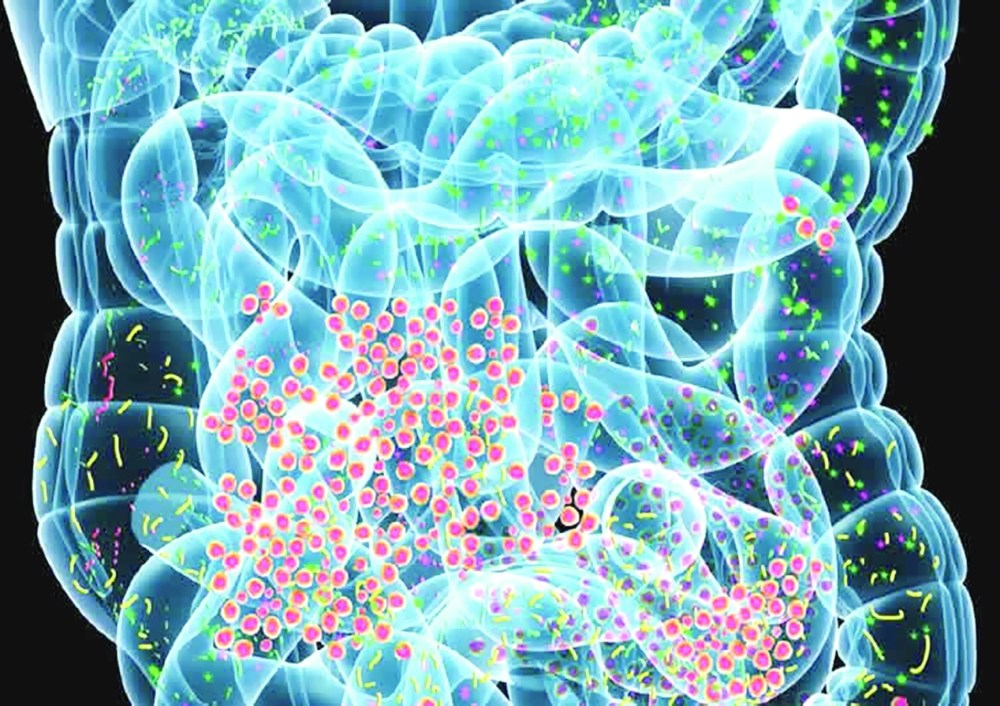
Symptoms of the development of dysbiosis
Signs of dysbiosis are closely associated with the factors that caused this syndrome, and are not specific. The most common symptoms include:
- Heaviness and abdominal pain.
- Belching accompanied by a bitter taste in the oral cavity.
- High gas formation in the abdomen.
- Diarrhea. In some patients, feces can change color and structure. It can become very liquid, pale colored, with an acidic smell.
- Constipation is characteristic of people of retirement age, when the colon loses its ability to contract due to age-related changes. During dysbiosis, a frequent change in constipation with diarrhea can occur.
- Allergic rashes, dryness and redness of the mucous membrane and skin.
Stages of Dysbiosis
The appearance of symptoms of an imbalance of intestinal microflora depends on the stage of dysbiosis. Let us consider in more detail each of them.
First stage. It is manifested by the absence of visible signs of dysbacteriosis, the maximum that can be is boiling in the stomach. The first stage of this disease can occur due to short-term use of drugs or changes in diet. At this stage, an insignificant imbalance of microflora occurs, which can be restored by refusing to take medications and adjusting nutrition.
Second stage. At this stage, a person begins to feel the symptoms of dysbiosis. It is characterized by loss of appetite, frequent belching, increased gas formation and frequent stool disorders. For the successful treatment of dysbiosis, even with the first signs, it is necessary to consult a doctor.
Third stage. At this stage of dysbiosis, the intestine is affected by such a number of harmful microorganisms that can cause inflammation of its walls. In the third stage, a more aggressive manifestation of the symptoms of the previous stage occurs. Feces become liquid, with a sour smell and pieces of unsplit food.
The fourth stage. At this stage, harmful pathogens completely displace fruitful bacteria. The fourth stage of intestinal dysbiosis can cause a number of complications: infectious diseases of the gastrointestinal tract, anemia, vitamin deficiency, etc. As a result, sleep loss, fatigue, and depression are added to the above signs of dysbiosis.
The speed of development of dysbiosis from the first to the final stage is influenced by many different factors: age, immunity, environment, etc. It is possible to get rid of the disease independently only at the first stage. In this case, a diet for dysbiosis and taking drugs that contain live microcultures can help.

Dysbacteriosis Treatment Plan
For the treatment of dysbacteriosis, long-term and combined therapy is necessary, which can only be prescribed by a gastroenterologist after examining the patient. For each patient with intestinal dysbiosis, it is necessary to develop a treatment plan, since the course of the disease is individually for everyone. The general treatment plan is as follows:
- Elimination of pathogenic bacteria and microbes.
- Populate the intestines with productive microorganisms.
- To establish the physiological balance of intestinal microflora.
- Resume normal bowel function and regulate the body's immune system.
In no case do not self-medicate, as this can only aggravate the situation and lead to serious consequences.
Treatment for dysbiosis
You can get rid of dysbiosis only by eliminating the cause of its appearance - to cure the disease that led to dysbiosis, to complete the course of taking medications or to establish nutrition. But the more severe stages of intestinal dysbiosis require medical treatment. In modern medicine, several types of treatment for this disease have been developed.
Prebiotics and Probiotics
Prebiotics are substances that enter the body along with food. They remain in the intestine in an undigested state and form a favorable nutrient medium for the functioning of obligate bacteria. These substances are rich in cereals, chicory and fermented milk products. It is very useful to include onion and garlic in the diet for dysbiosis, because they contain a large number of prebiotics. It is worth remembering that it is impossible to use onions and garlic in fresh form, these products will bring benefits only in small doses in a stew and boiled form. In pharmacies, you can also purchase lactulose preparations or bioactive additives with oligosugars.
Probiotics are substances that include the entire set of bacteria important to the body. Once in the intestines, probiotics have a beneficial effect on the microflora. In the pharmacy you can find probiotic preparations based on lactobacilli and bifidobacteria.
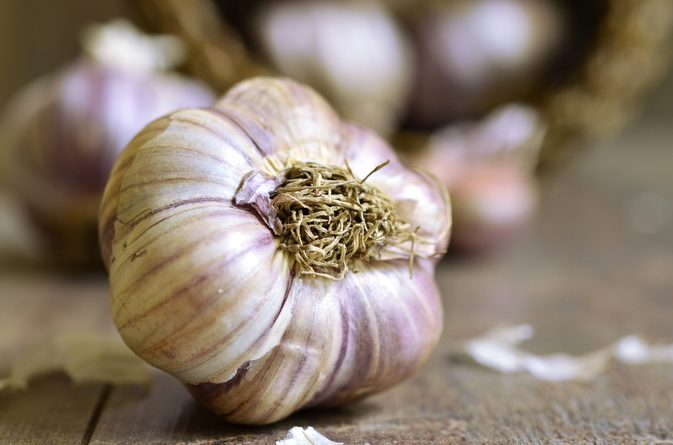
Treatment of severe stages of dysbiosis
For the treatment of severe stages of intestinal dysbiosis, complex medications are used, which can conditionally be divided into 3 groups.
- Antibacterial drugs and bacteriophages. These drugs affect a specific type of pathogenic microorganism, delaying their growth and development. The drug is chosen clearly according to the susceptibility spectrum of pathogenic microorganisms.
- Preparations for symptomatic treatment. The doctor selects the drug depending on the symptoms of dysbiosis. Antispasmodics are prescribed to patients who suffer from diarrhea, laxative - from constipation, antihistamines - from allergies, etc.
- Immunomodulators and biostimulants. Since intestinal dysbiosis affects people with weakened immune systems, biostimulants and immunomodulators are used in the treatment. They accelerate the restoration of physiological balance and help to increase the body's defenses. You can take such drugs only with the approval of a doctor and give preference to herbal preparations.
Food
It is very important to establish nutrition with intestinal dysbiosis. The main objective of clinical nutrition should be the restoration of beneficial intestinal microflora. To do this, you must adhere to a special diet for dysbiosis. What should she be like?
The menu for intestinal dysbiosis in an adult should include 150 grams of protein, 350 grams of carbohydrates and 115 grams of fat. Nutrition should be complete and balanced. Be sure to observe the daily regimen, do not overeat. Food should be consumed in small portions, but often. Products are best cooked or steamed. It is possible in small quantities baked food, but in no case can not be fried.
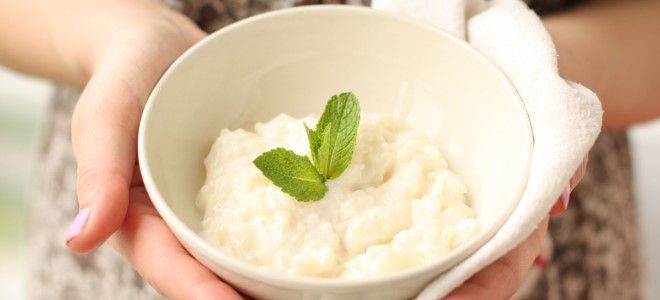
An example of a daily diet for an adult suffering from dysbiosis
With dysbiosis, nutrition should be correct, the diet thought out and agreed with the doctor. An approximate menu of a person for one day:
- Breakfast. 2 boiled eggs, 220 g rice porridge, herbal tea.
- An afternoon snack. 2 baked apples with cottage cheese.
- Dinner. 200 g of broth with pasta, 100 g of boiled chicken, broth of wild rose.
- An afternoon snack. 100 g crackers, compote.
- Dinner. 220 g of stewed vegetables with beef.
- Second dinner. Kefir.
You should be careful to use such products for dysbiosis, such as bakery products, soda, cucumbers, tomatoes and white cereals. Completely exclude smoked meats, fried, fatty and spicy dishes, yeast pastries and sweets, home preservation, alcohol, raw vegetables and mushrooms from your diet.
What can I eat with dysbiosis? It is very useful to use mashed vegetables and fruits, lean varieties of fish and meat, carrot and potato casseroles, greens, jelly and dried bread with bran.
When compiling a diet for a patient, it is worthwhile to include various cereals (with dysbiosis they are very useful), as they are rich in fiber, which helps the intestines. All cereals contain a large number of vitamins, minerals and amino acids that help the body fight viruses and germs. Dishes from cereals saturate the body for a long time and provide a good supply of energy.
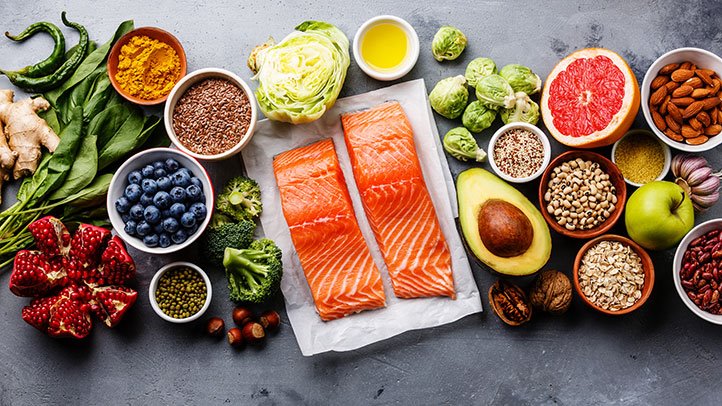
Fluid use for dysbiosis
With intestinal dysbiosis, it is necessary to maintain water balance in the body. An adult needs 2.5-3 liters of fluid per day, depending on lifestyle and season. It is best to consume pure still water. It should be remembered that drinking dysbacteriosis with sweet and carbonated drinks is strictly forbidden. Of alcoholic beverages, only tart astringent wines in limited quantities can be. Under the ban drinks made through the fermentation process (beer, cider). Cocoa, green or herbal tea with intestinal dysbiosis quench thirst and have a positive effect on the intestinal microflora.
Since dairy and sour-milk products contribute to the growth and development of beneficial bacteria, it is therefore worth regularly drinking fresh kefir, natural milk yogurt enriched with lactic acid cultures, whey, yogurt, koumiss and milk. However, you should be careful to drink fresh milk for dysbiosis with diarrhea, pain and bloating.
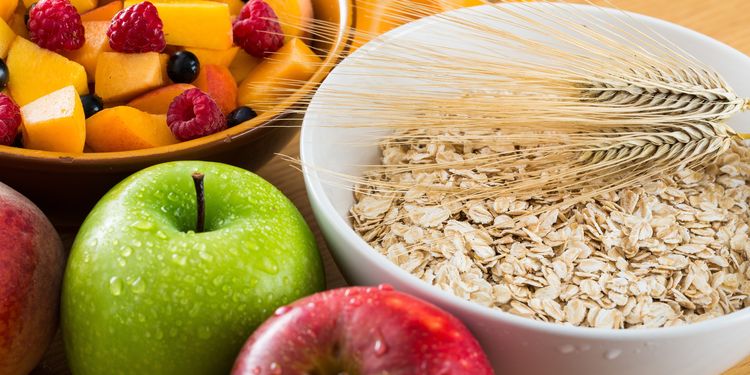
Conclusion
Intestinal dysbiosis, especially in the early stages, is not interpreted as a serious disease, however, it significantly worsens a person’s life and brings a lot of inconvenience. The development of the disease is due to the causes that caused the dysbiosis.
The complexity of therapy lies in the need for an individual approach to each patient, a long course of treatment and strict adherence to nutritional rules for dysbiosis.
Therefore, when the first symptoms of dysbiosis appear, you need to seek medical help. A timely diagnosis and properly prescribed treatment will help to cope with the disease and avoid complications. Be healthy!